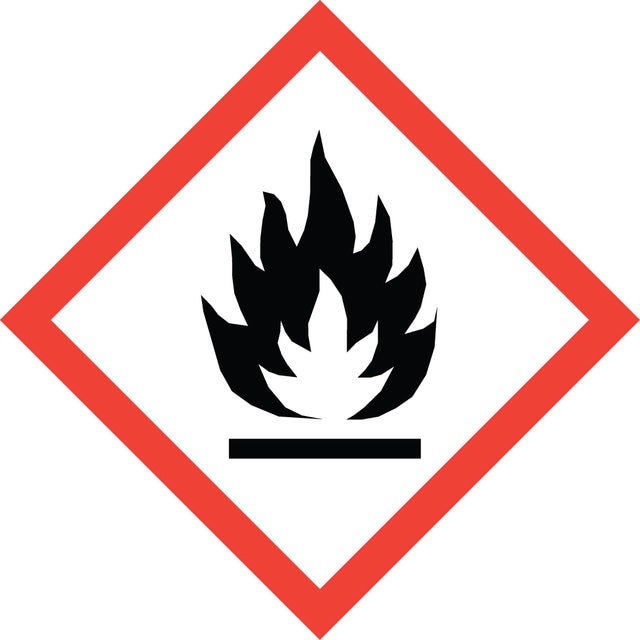673781
Acetone
ACS reagent, ≥99.5%
Select a Size
About This Item
grade
ACS reagent
Quality Level
vapor density
2 (vs air)
vapor pressure
184 mmHg ( 20 °C)
Assay
≥99.5%
form
liquid
expl. lim.
13.2 %
dilution
(for analytical testing)
impurities
≤0.0003 meq/g Titr. acid
≤0.0006 meq/g Titr. base
≤0.002% aldehyde as formaldehyde
≤0.05% isopropanol
≤0.05% methanol
≤0.5% water
evapn. residue
≤0.001%
color
APHA: ≤10
refractive index
n20/D 1.359 (lit.)
pH
5-6 (20 °C, 395 g/L)
bp
56 °C/760 mmHg (lit.)
mp
−94 °C (lit.)
solubility
water: miscible
density
0.791 g/mL at 25 °C (lit.)
format
neat
SMILES string
CC(C)=O
InChI
1S/C3H6O/c1-3(2)4/h1-2H3
InChI key
CSCPPACGZOOCGX-UHFFFAOYSA-N
Looking for similar products? Visit Product Comparison Guide
General description
Application
- As a precursor for the synthesis of methyl isobutyl ketone (MIBK) in the presence of sulfonated graphene oxide-Pd/cordierite catalyst.
- Synthesis of (4-hydroxymethyl-2,2-dimethyl-1,3-dioxolane), a solketal from glycerol using supercritical fluids (SCF) technology.
- As a starting material to synthesize methyl methacrylate.1
- 1-isopropylidene-2-methylhydrazine
- 1-isopropylidene-2-hydroxyethylhydrazine
- 1-isopropylidene-2-formylhydrazine
Signal Word
Danger
Hazard Statements
Precautionary Statements
Hazard Classifications
Eye Irrit. 2 - Flam. Liq. 2 - STOT SE 3
Target Organs
Central nervous system
Supplementary Hazards
Storage Class Code
3 - Flammable liquids
WGK
WGK 1
Flash Point(F)
1.4 °F - closed cup
Flash Point(C)
-17.0 °C - closed cup
Regulatory Information
Choose from one of the most recent versions:
Already Own This Product?
Find documentation for the products that you have recently purchased in the Document Library.
Our team of scientists has experience in all areas of research including Life Science, Material Science, Chemical Synthesis, Chromatography, Analytical and many others.
Contact Technical Service
